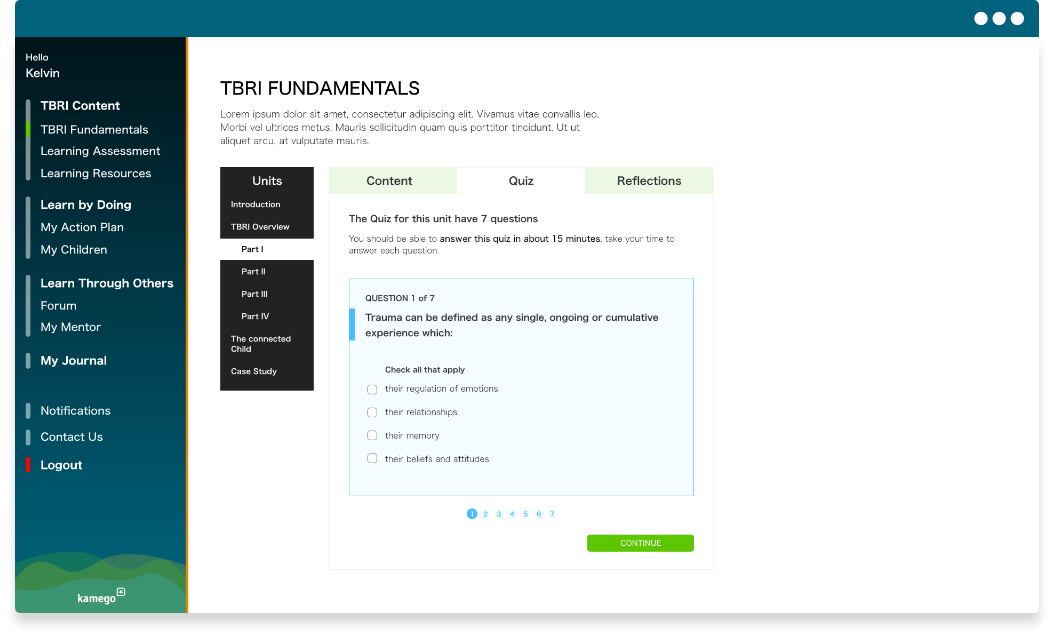Texas Christian University,
Introduction
The Karyn Purvis Institute of Child Development strives to help children suffering from the effects of early trauma, abuse and/or neglect. Through various outreach initiatives, they train professionals in Trust-Based Relational Intervention®, a research-based, holistic model developed by Dr. Karyn Purvis and Dr. David Cross.
We worked alongside the KPICD to transform all of their processes as they embarked upon a highly ambitious growth plan.
The Vision
The key elements of KPICD's vision are:
1. To maximize reach of trainings. "It is not enough to bring healing to some. We seek to bring healing to all children."
KPICD aims to distribute videos, books, articles and training packages around the world, as well as expand their network of competent, committed and like-minded partners.
2. To maximize richness of trainings.
KPICD aims to be vibrant leaders in growth and innovation of trauma-informed practice and policy, and for the TBRI practitioners, educators and mentors to be among the finest trauma-informed professionals. In addition, the TBRI trainings incorporate a strong focus on the ability of the learner to effectively apply newfound knowledge in practice.
The Outcome
KPICD has gone completely digital. Tens of thousands of TBRI participants register for courses electronically and their applications can be processed in a timely fashion. The participants attend courses in person as well as through a customized online learning platform. Their training records, survey responses and quiz scores are automatically captured and reported on.
In addition, KPICD now benefits from a Partner management system. More than just a typical CRM, the system enables the KPICD staff to screen, develop, launch and evaluate new partnerships with like-minded agencies around the world.
Other digitized processes include a task manager and shared calendar to track everyone's current location and workload, as well as a data dashboard that enables staff to see how much time, effort, and resources is saved from their Digital Transformation effort

Figure 1
KPICD's learning model comprises formal learning, learning through others and learning by doing. The online platform supports learning through regular quizzes, case studies, ongoing mentor support, etc.
Our Process
1.- Research
We studied KPICD's extensive documentation on their mission and vision and past activities, as well as their training materials. We interviewed key KPICD employees and observed their day-to-day activities. We documented their workflow and worked with them to identify gaps and opportunities. The result was an agreed-upon frame of reference that aligned people, processes, and technologies.
2.- Design
At core, our goal is to simplify things. To do so, user journey mapping is of critical importance. Every user, from training registrant, to trainer, to manager, needs to accomplish a variety of goals. Our job was to understand their needs, and then create an experience for them that enables each of them to get where they need to go, in a way that makes sense.
3.- Implement
We took a staged approach that accounted for KPICD's highest priorities and desired impact. After delivering each stage, we measured impacts and observations that informed the Research - Prototype - Build - Test cycle of continuous improvement.